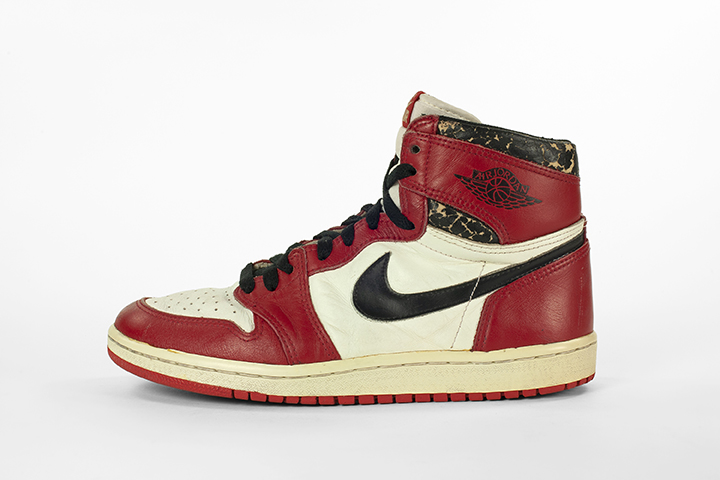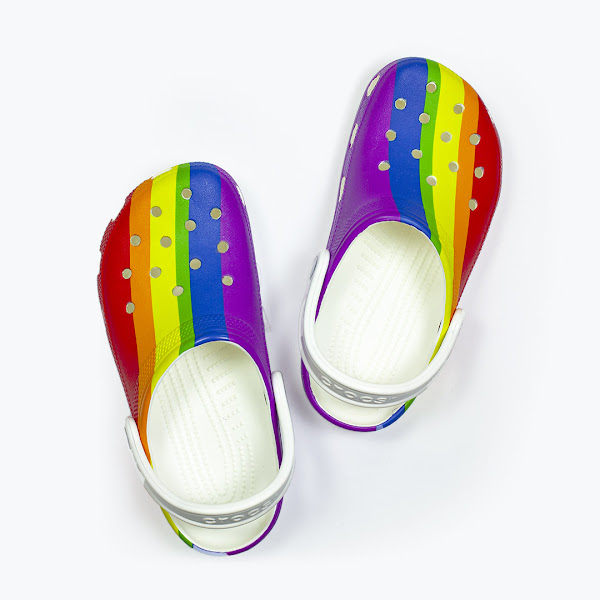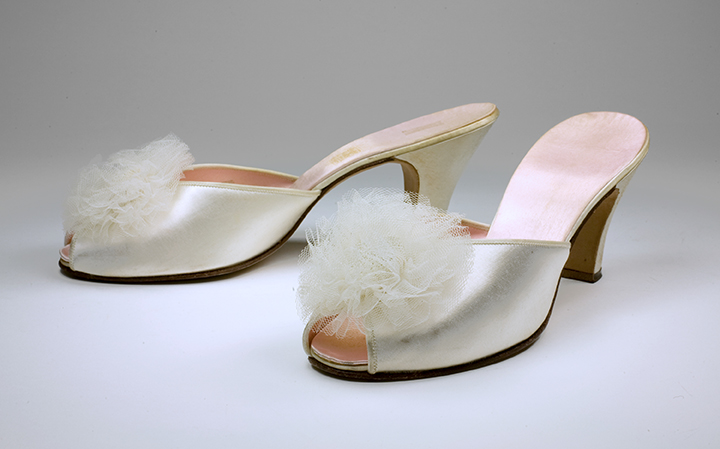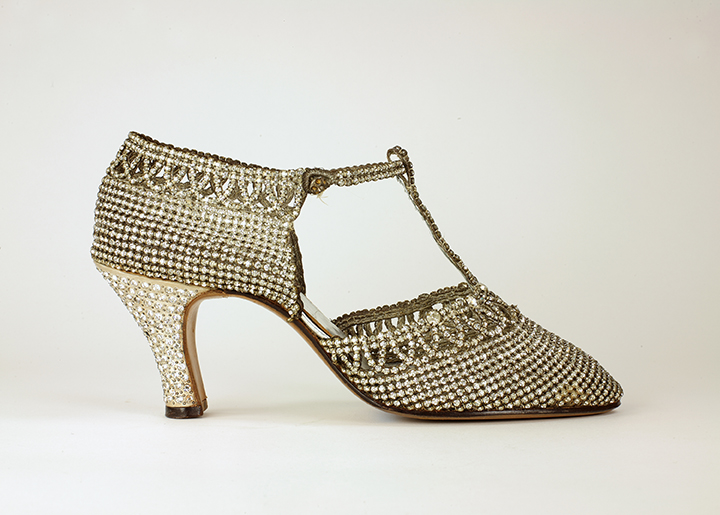We have been living with the COVID-19 pandemic for over a year, and much has been written about its impact on global fashions. For those of us who study this field, these past 15 months have offered an amazing opportunity to examine how consumer habits have changed when it comes to footwear, and to start thinking about what footwear fashions might look like once the pandemic has ended.
Unsurprisingly, fashion over the past year and a half has largely centered on comfort and mobility. Athleisure has been a popular trend for several years now, with heeled footwear and formal oxfords giving way to the sneaker as the footwear of choice. The limited mobility that consumers have experienced as a result of pandemic lockdowns has further increased the popularity of footwear that is comfortable and suited to either lounging at home, or participating in outdoor athletic activities. Studies have actually shown that sales of slippers increased dramatically over the past year and according to research by the NPD group, sales of dress shoes dropped as much as 70% during the second quarter of 2020.
Major brands and luxury fashion houses have begun capitalizing on this market shift towards comfort footwear. For example, Balenciaga released their own line of heeled house slippers for Spring/Summer 2021, in styles that are reminiscent of the ‘boudoir slippers’ that were popular in womenswear in the early to mid 20th century. Crocs, which have been derided for years as unfashionable and ugly, have become increasingly ‘cool’ over the past year. The brand has collaborated with musicians such as Post Malone, Bad Bunny, and Justin Bieber, which led to many commentators referring to 2020 as “the year of the Croc.” Known for their relative affordability, in addition to their incredible comfort, it is not surprising that Crocs are becoming very popular at a time of economic uncertainty.
are many theories about what footwear consumption might look like once the pandemic ends. Some think that the trend for casual and comfortable shoes which began several years ago will continue, while others predict that bold, colourful, and heeled styles will come back into fashion once consumers are able to return to workplaces and social environments.
It has also been theorized that the sustainable fashion movement might get a boost as a result of the pandemic. Some argue that the pandemic has resulted in a renewed appreciation for both the environment and human connection with the result that people will consume less, and wear the fashions they already own. Others have argued the opposite, suggesting that we might experience a phase of increased consumer behavior, and that we might relive the 1920s; a period known for its decadent and glamorous fashion which followed the horrors of the First World War and the 1918 Influenza Pandemic. Historically, periods of extreme socioeconomic change almost always result in larger shifts in culture and consumer behavior, so it will be interesting to see both what styles of footwear come into fashion, and on what scale we will be consuming these fashions in the coming years.
At the moment, we historians are carefully watching the fashion world and the consumer market in order to understand what footwear is popular here and now. At the Bata Shoe Museum, we are also trying to collect examples of footwear that is reflective of this particular cultural moment: if you have any suggestions of footwear that might be appropriate, reach out to us on social media and let us know what we should collect!






